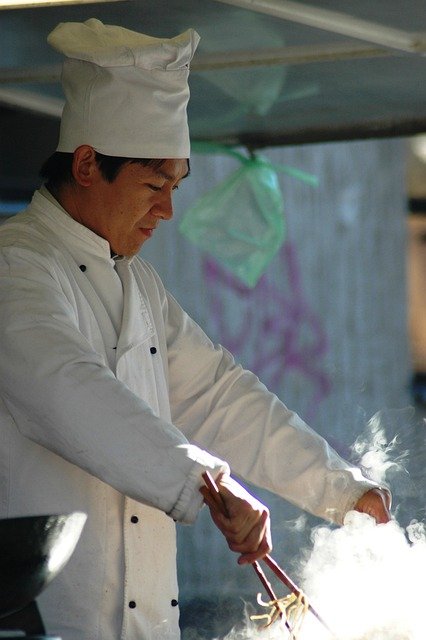Exploring Restaurant Roles in Japan: Skills and Workplace Practices
Restaurant jobs in Japan cover a wide range of tasks, from food preparation and service to customer interaction and hygiene management. This article reviews common responsibilities, workplace routines, and skills that support effective restaurant operations.

Japan’s restaurant industry represents a significant employment sector, encompassing everything from traditional izakayas to modern international cuisine establishments. The industry’s emphasis on hospitality, known as omotenashi, shapes every aspect of restaurant operations and creates distinctive workplace cultures that prioritize service excellence and operational efficiency.
What are the common tasks in restaurant jobs in Japan?
Restaurant positions in Japan involve varied responsibilities depending on the specific role. Front-of-house staff handle customer greeting, seating arrangements, order taking, and payment processing. These employees also maintain dining area cleanliness, manage reservations, and ensure smooth customer flow throughout service periods.
Kitchen staff responsibilities include food preparation, cooking, plating, and maintaining kitchen cleanliness standards. Prep cooks handle ingredient preparation, while line cooks manage specific cooking stations during service. Dishwashing staff maintain clean utensils and equipment, supporting overall kitchen operations.
Management roles encompass staff scheduling, inventory management, supplier coordination, and quality control. Restaurant managers oversee daily operations, handle customer complaints, and ensure compliance with health and safety regulations. Administrative tasks include sales reporting, staff training coordination, and maintaining operational standards.
What skills are important for working in a restaurant setting?
Communication skills prove essential for restaurant work, particularly in Japan where clear, polite interaction with customers and colleagues is fundamental. Basic Japanese language proficiency helps non-native speakers navigate workplace interactions and understand customer needs effectively.
Physical stamina and multitasking abilities are crucial given the fast-paced nature of restaurant service. Staff must handle multiple orders simultaneously while maintaining accuracy and speed. Time management skills help workers prioritize tasks during busy periods and ensure efficient service delivery.
Attention to detail supports food safety compliance and presentation standards. Restaurant workers must follow precise recipes, maintain cleanliness protocols, and present dishes according to established standards. Problem-solving skills help staff address unexpected situations, from equipment malfunctions to customer concerns.
Teamwork capabilities enable smooth coordination between kitchen and service staff. Cultural awareness, particularly understanding Japanese business etiquette and customer service expectations, enhances workplace integration and professional development.
What practices support smooth and efficient restaurant operations?
Effective communication systems facilitate coordination between different departments. Many Japanese restaurants use specific terminology and hand signals to communicate orders, timing, and status updates during service periods. Regular team meetings help align staff on daily specials, inventory levels, and service priorities.
Standardized procedures ensure consistency across all operational aspects. This includes food preparation methods, service protocols, cleaning schedules, and customer interaction guidelines. Documentation of these procedures helps maintain quality standards and supports staff training programs.
Inventory management practices minimize waste while ensuring adequate supplies. Regular stock checks, supplier relationship management, and menu planning based on seasonal availability contribute to operational efficiency. Many establishments implement first-in-first-out rotation systems to maintain ingredient freshness.
Staff training programs cover both technical skills and cultural aspects of Japanese hospitality. Ongoing education helps employees understand menu items, dietary restrictions, and cultural preferences of diverse customer bases. Cross-training enables staff flexibility during busy periods or unexpected absences.
Quality control measures include regular food safety inspections, customer feedback collection, and performance monitoring. These practices help identify improvement opportunities and maintain high service standards. Technology integration, such as point-of-sale systems and inventory tracking, streamlines operations and reduces manual errors.
The restaurant industry in Japan continues evolving with changing consumer preferences and technological advances. Understanding these fundamental aspects of restaurant work provides a foundation for success in this dynamic and rewarding sector, whether pursuing entry-level positions or advancing into management roles.




